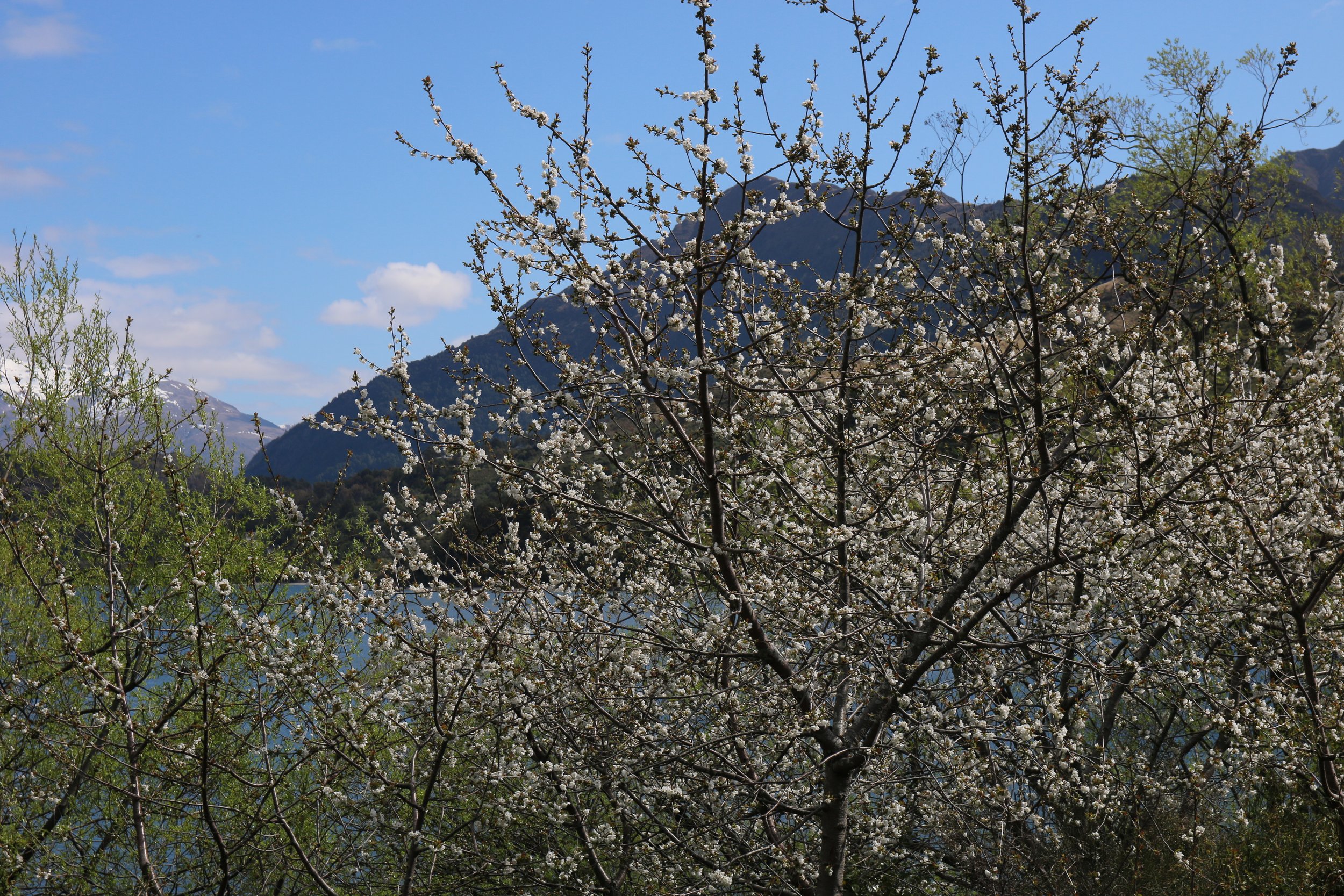Book review: This Book is a Plant
an anthology by the Wellcome Collection
“This Book is a Plant is made from paper: it was once part of a tree. But it’s also a seed: the first shoots of a radical new way of seeing the world around you”.
The Wellcome Collection is a free museum and library in London that aims to challenge how we all think and feel about health and displays a mixture of medical artifacts and original artworks exploring “ideas about the connections between science, medicine, life and art”. The Wellcome Collection supports research into life, health and wellbeing, and is taking on three worldwide health challenges: mental health, infectious disease and climate.
A recent exhibition at the museum, entitled “Rooted Beings”, (a collaboration with La Casa Encendida, Madrid) explored the world of plants and fungi and This Book is a Plant was published in conjunction with the exhibition. The exhibition and (hand)book considers what we might learn from plant behaviour, and the impacts of colonial expeditions on the exploitation of natural resources and indigenous peoples.
This Book is a Plant comprises ideas and observations about nature contributed by a diverse group of contributing artists, writers, researchers, biologists and cultural and human rights activists: Susie Orbach, Rebecca Tamas, Merlin Sheldrake, Rowan Hisayo Buchanan, Sheila Watt-Cloutier, Eduardo Navarro, Michael Marder, Araceli Camargo, Kim Walker, Nataly Canales, Jessica J Lee, Sumana Roy, Emanuele Coccia, Abi Palmer, Amanda Thomson and Robin Wall Kimmerer.
The essential message of both the exhibition and the book is that plants sustain life on earth. They are sensitive, complex and interconnected beings, playing surprisingly active roles in ecosystems and human societies.
We've become used to thinking of plants as things for us to use: as food, tools, resources, or just as an attractive background to our own lives. But new research shows that plants can think, plan - and may even have memories. We share our planet with plants whose potential we are only now beginning to grasp and this book opens up new ideas that reimagine our relationship with the natural world.
This Book is a Plant allows readers to experience the key themes of the exhibition without actually attending. The book is a series of contributing stories that collectively successfully combines an eclectic mix of themes, perspectives and writing styles. The first chapter, titled “Vegetal Transmutation” instructs the reader to ground with the earth, to breathe and generally think like a plant. “Before Roots” explores the origin of plants where algae meets fungi leading to life of plants on the land. In “Bitter Barks”, the history and the future of the Fever Tree (Cinchona), the source of quinine for treating malaria is discussed. The penultimate chapter “Upirngasaq” (Artic Spring) tells a very personal story of the decline of the Inuit culture in Northern Canada due to colonialization.
This Book is a Plant offers fresh perspectives with which we can start to look at the natural world that both surrounds us and of which we are a part of. It encourages readers “Grow, Learn and Radically engage with the Natural World.” Its well worth reading.
“In the soil we are all the same, merely bodies, merely water, merely cells becoming other cells” – Rebecca Tamas
Black Teal Bay Rating: 8/10


